For many years, Apple and Google have been stealing each other’s operating systems. Here are 5 significant iOS functions that debuted on Android first.
Many users often become protective about the platforms they use when talking about mobile operating systems. They view the stage as a holy place that they have a duty to guard. Lord forbid anyone on the opposing side of the argument thanks their device for a certain feature without someone interrupting and saying, “Um, actually, whatever System had it first.”
READ ALSO: WHATSAPP SELF-CHAT OPTION NOW AVAILABLE FOR SOME USERS, 3 OTHER FEATURES COMING SOON
In actuality, Google has been emulating Apple for a long time, and vice versa. iOS 16 and Android 14 both share some similarities. The two businesses draw inspiration from one another’s work, which enables both operating systems to develop in comparable but different ways. And the best part is that this still leaves Apple and Google with very distinct philosophical foundations for their respective goods. As a client, you have the option of choosing between two different platforms with unique features without sacrificing necessary functions.
It’s time to explore the features Apple stole from Android OS after we recently highlighted five features Google cloned from iOS.
1. App Library
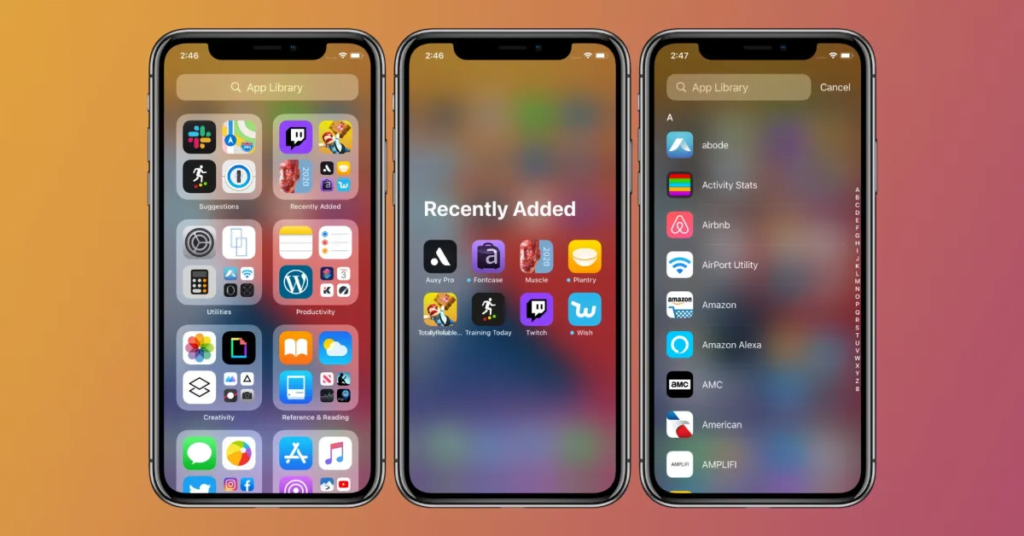
Speaking of iOS 14, it also debuted the App Library, also referred to as the app folder by Android users. Before this, the Home Screen’s optional categories were the only method for iPhone users to arrange their applications. To explore your loaded applications, which are typically listed in order of download, you would have to scroll horizontally through infinite pages.
Since applications have mainly been relocated to the App Library with iOS 14, iPhone users can now delete any or all apps from the Home Screen. As a result, iOS users can add widgets and shortcuts to their preferred apps to personalise the Home Screen, with the App Library serving as the central location for all loaded apps.
2. Picture-in-picture playback
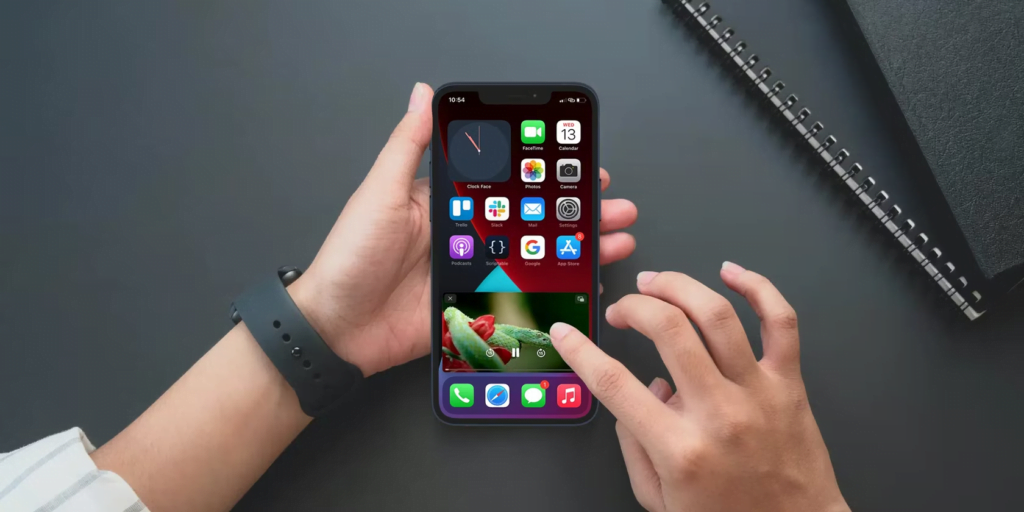
Picture-in-picture (PiP) video playing was officially supported when Android Oreo was released in 2017. In a tiny, floating window, users could view a video from YouTube or another app and carry on with their other chores. This functionality wasn’t copied by Apple until the release of iOS 14 in 2020.
There are restrictions, as seems to be the case lately. For the functionality to function, third-party developers must implement its API in their applications. Therefore, if the developers haven’t added support for it, some of your beloved TV streaming applications may not function.
3. Home Screen widgets
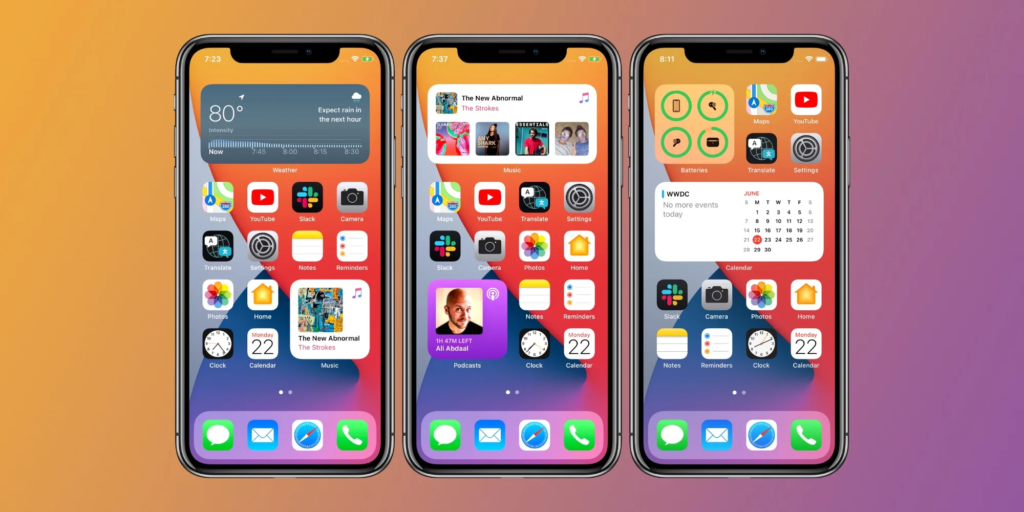
You may have already spotted the useful apps you can now add to the Home Screen if you recently purchased a new iPhone. They have a simple appearance and are consistently offered in three various sizes. You might not be aware that these data fragments weren’t accessible until the release of iOS 14 in 2020. In the meantime, Home Screens apps have been enabled on Android phones for over ten years.
But they differ from one another. Notably, you still cannot engage with widgets on iOS. As a result, tapping a widget will open the corresponding programme and direct you to the appropriate page. These widgets are unreliable for matters involving time-sensitive issues because the data doesn’t constantly update. We can only expect that iOS 17 will address the iPhone gadget issue.
4. Lock Screen customizations & always-on display
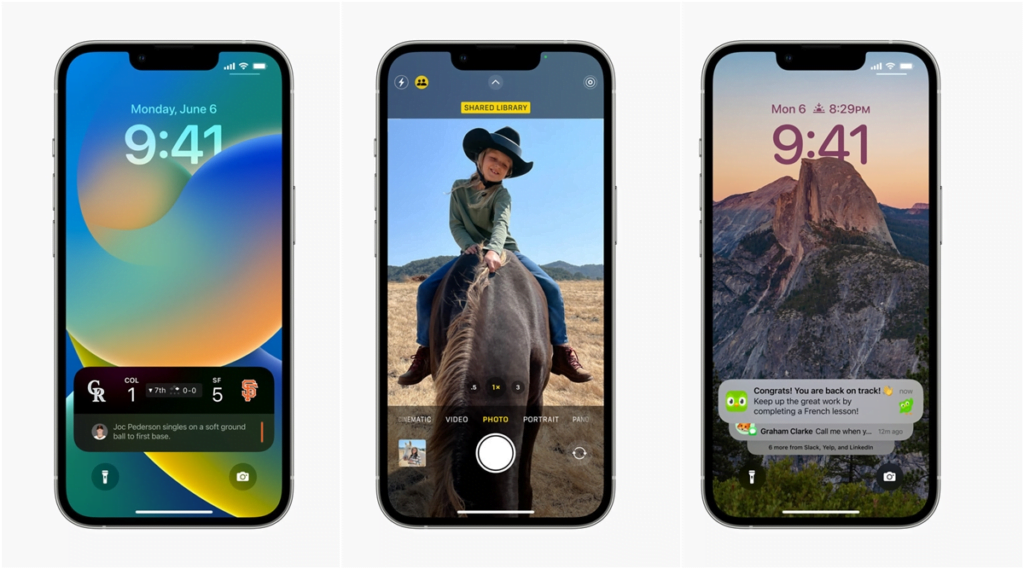
Last but not least, iOS 16 added a number of significant Lock Screen changes, such as the ability to modify the clock’s font and add apps. For the first time on an Apple phone, owners of the iPhone 14 Pro can also activate and customise the always-on display. Both of these features have been accessible on Android phones for a long time, and they usually provide more choices on Google’s operating system.
As you might have guessed, iOS 14 marked a major advancement for Android functions on iOS. Apple extensively ported some of the highly desired features onto Android that year, attracting hesitant consumers to the iPhone. Similar improvements were included in iOS 16, including the ability to examine Wi-Fi credentials and personalise the Lock Screen. We can only hope that the two businesses will continue to influence one another, resulting in operating systems that are more useful and effective for everyone.
5. Default apps
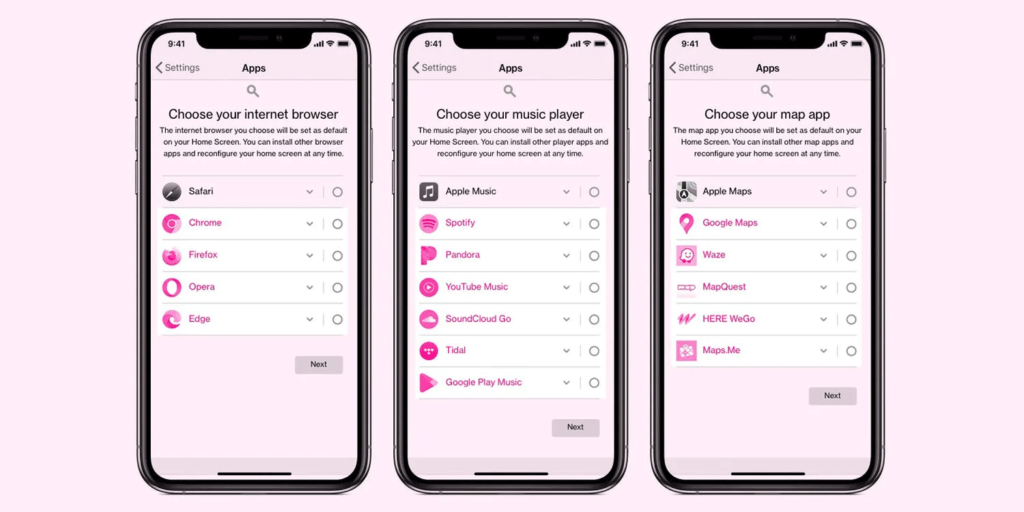
Android users were able to establish default applications long before Apple users could, just like with Home Screen widgets. A default web browser, audio player, file organiser, and other options are available. Support for default applications on iPhones didn’t arrive until iOS 14, and even then it’s not entirely implemented. The functionality is useless for those who want to set a default maps app or media player because you can only make default email and online browsing applications. It remains to be seen if Apple will enable even more default programme choices on its mobile platform.


Your point of view caught my eye and was very interesting. Thanks. I have a question for you.